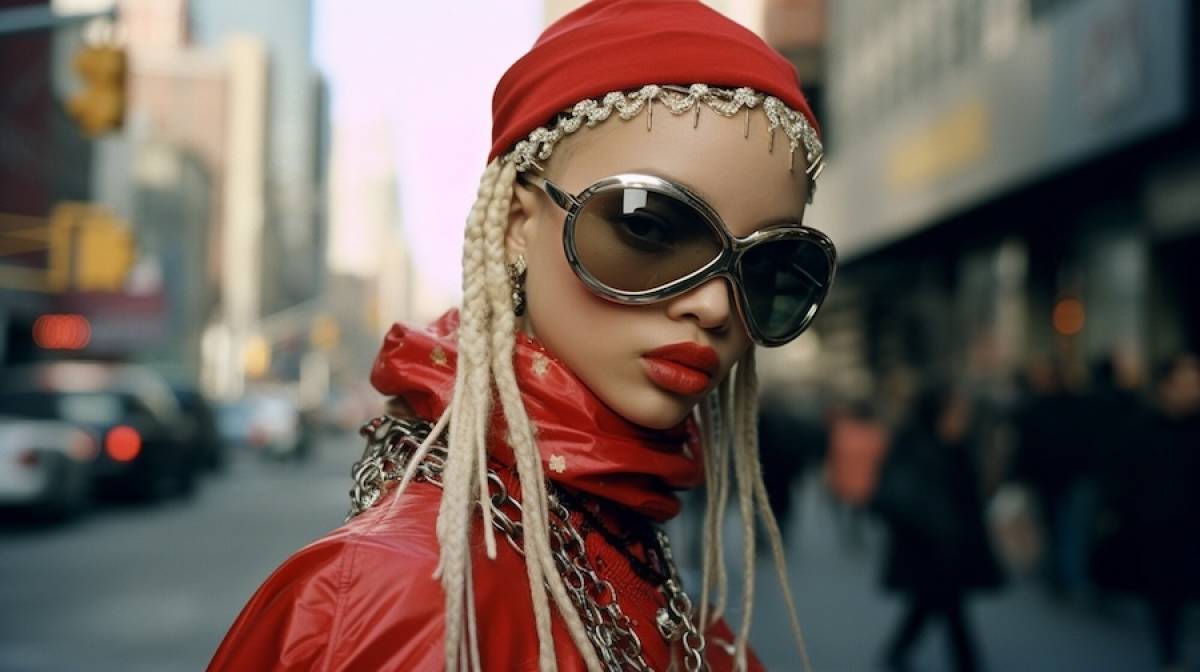How Fashion Moves Across the World: Cultural Appropriation or Fashion Flow?

Fashion has always been more than just clothing—it's a reflection of culture, identity, and social change. Over centuries, fashion has moved across borders, blending styles and traditions, and often evolving into a global phenomenon.
In ancient times, trade routes such as the Silk Road were key in spreading textiles and fashion trends. The exchange of fabrics, like silk from China or cotton from India, had a profound impact on global clothing styles.
European fashion houses in Paris, Milan, and London later became synonymous with luxury and innovation, influencing trends worldwide. The fashion capitals showcased haute couture, while local designers adopted and adapted these trends, creating a mix of global and local styles.
The 20th century marked an era of rapid fashion globalization. The spread of cinema, television, and the internet allowed trends to travel faster than ever. Hollywood icons, like Audrey Hepburn and Marilyn Monroe, became global style symbols, while movements like punk, hip-hop, and streetwear emerged from subcultures and resonated across the globe.
Social media makes fashion more accessible
Today, the rise of social media has made fashion more accessible, allowing influencers from various countries to share their unique styles, blurring geographical boundaries.
Asian countries, particularly Japan and South Korea, have gained recognition for their cutting-edge designs, pushing the boundaries of contemporary fashion.
Meanwhile, Africa’s rich textiles and vibrant patterns have found their way into mainstream fashion, adding diversity to the global landscape.
This fusion of influences has created a world where fashion is constantly evolving, shaped by cultural exchange, technology, and individual expression.
The movement of fashion is a testament to the power of creativity and the way it connects us across borders. In this interconnected world, fashion continues to be a dynamic, ever-changing reflection of global culture.
Global fashion flow sparks conversations about cultural appropriation
The flow of fashion across cultures has sparked important conversations about cultural appropriation. Cultural appropriation refers to the adoption of elements from one culture by members of another, often without understanding or respect for its significance. In fashion, this can manifest when traditional garments, symbols, or designs are used out of context, particularly by dominant cultures, leading to feelings of exploitation or disrespect.
Many argue that fashion thrives on inspiration and cultural exchange, and blending styles is a natural evolution. However, the line between appreciation and appropriation is often blurred.
When fashion houses or influencers adopt trends rooted in marginalized cultures without acknowledging their historical or cultural importance, it can reduce these elements to mere “fashion statements,” stripping them of their deeper meaning.
For example, traditional Indigenous headdresses or African prints, when worn without awareness, can be seen as offensive. Critics argue that cultural appropriation in fashion often perpetuates power imbalances, where the original creators may not benefit or receive credit for their contributions.
Equally we have seen situations where a rise in racism prevents people from living lives based on their own likes, or culture, owing to a fear of their surroundings. A recent study on rising Islamophobia shows that British Muslims feel increasingly unsafe. This will prevent them displaying any fashion relating to their own culture.
To avoid appropriation, there’s a growing call for brands and individuals to approach other cultures with respect, give proper credit, and understand the significance of the elements they use, fostering cultural appreciation rather than exploitation.


















![Upgrade Your Property: Bathroom Remodeling Ideas You Should Consider [node:title]](/sites/default/files/styles/video_thumbnail_bottom/public/bathroom-design-remodeling-ideas_.jpg?itok=zFCyiu0n)

